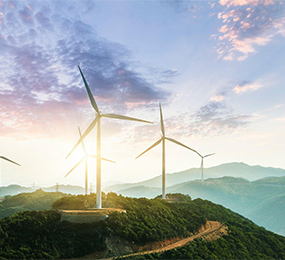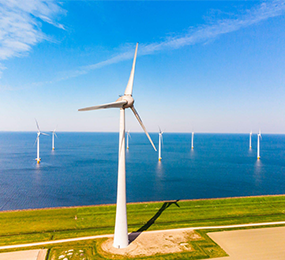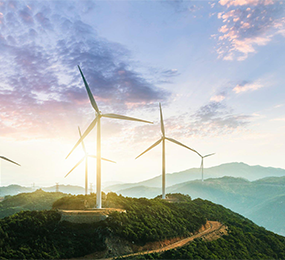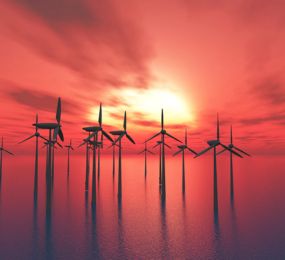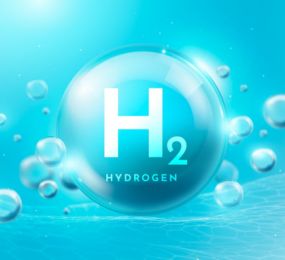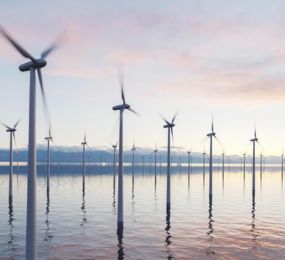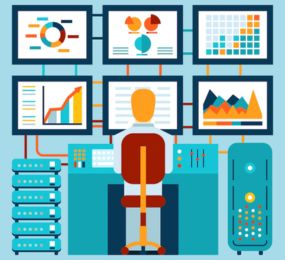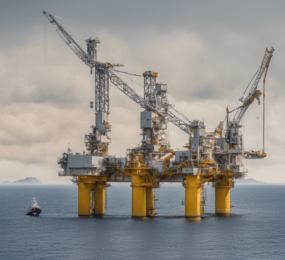As the world's demand for renewable energy continues to grow, offshore wind farms have emerged as a promising solution. While fixed-bottom offshore wind turbines have become more commonplace, recent innovations in technology and engineering have opened up new possibilities for harnessing wind energy in deeper waters through floating offshore wind farms. However, the unique challenges posed by these floating structures require a specialized approach to operation and maintenance (O&M).
The Promise of Floating Offshore Wind
Floating offshore wind turbines offer several advantages. They can be deployed in deeper waters, where the wind is more consistent and stronger. This expands the potential sites for offshore wind farms, making renewable energy more accessible to regions with deeper seabeds. Floating wind farms also have the potential to tap into powerful offshore winds, producing more energy than their fixed-bottom counterparts.
Challenges in O&M for Floating Wind Farms
While floating offshore wind holds great promise, it comes with its set of challenges for O&M:
1. Harsh Marine Environment: Floating wind farms are subjected to the full force of the open sea, facing harsh weather conditions, high waves, and strong currents. These conditions can accelerate wear and tear on equipment.
2. Complex Mooring Systems: Floating turbines are tethered to the seabed with mooring lines and anchors. These systems require regular inspection and maintenance to ensure stability.
3. Remote Locations: Floating wind farms are often located far from shore, making access difficult. Maintaining and repairing equipment in remote locations can be costly and logistically challenging.
4. Monitoring and Data Collection: Continuous monitoring of floating turbines is essential to detect issues early. This requires advanced sensor technology and data analytics, which must operate reliably in a marine environment.
Solutions for Effective O&M
To address these challenges, innovative solutions are being developed:
1. Advanced Monitoring Systems: Floating wind farms rely on real-time data from sensors and monitoring systems to track turbine performance and structural integrity. These systems help identify potential issues before they become critical.
2. Robotics and Drones: Autonomous underwater vehicles (AUVs) and drones equipped with cameras and sensors are used for inspecting subsea infrastructure and turbine components. These technologies reduce the need for human divers and improve efficiency.
3. Maintenance Vessels: Specialized maintenance vessels equipped with cranes and access platforms are designed to service floating turbines. They enable technicians to reach remote locations and conduct repairs efficiently.
4. Remote Operations Centers: Many floating wind farms have remote operations centers that use data analytics and predictive maintenance to optimize O&M activities. Technicians can remotely assess turbine health and dispatch teams when needed.
Floating offshore wind represents a promising frontier in renewable energy, offering access to abundant wind resources in deep waters. However, successful O&M for these floating structures requires a specialized approach. By embracing advanced monitoring systems, robotics, and remote operations, the offshore wind industry is addressing the unique challenges posed by floating turbines, ensuring their long-term reliability and sustainability as a clean energy source. As technology continues to evolve, it is expected that O&M for floating offshore wind will become even more efficient and cost-effective, contributing to a greener and more sustainable future.
To register or learn more about the Forum please check here: https://www.leadventgrp.com/events/4th-annual-offshore-wind-operations-and-maintenance-forum/details
For more information and group participation, contact us: [email protected]


